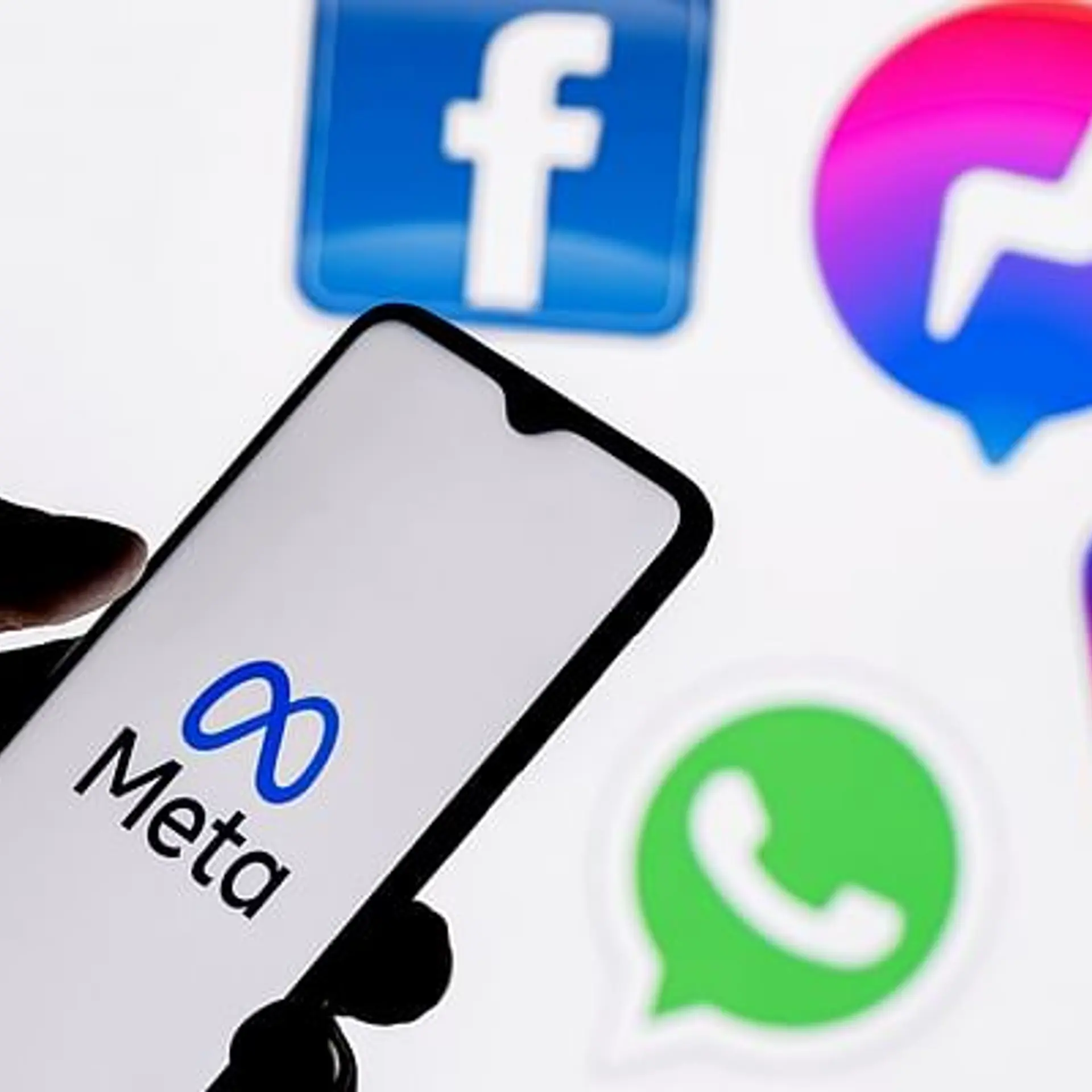We don’t want to be profitable in bursts: Swiggy’s Rohit Kapoor
Swiggy's updated DRHP showed that the company’s net loss in the April-June quarter of the current financial year widened to Rs 611 crore due to one-time adjustment of Rs 120 crore. It's adjusted EBITDA, however, narrowed by a third in Q1FY25.
IPO-bound Swiggy is prioritising sustainable long-term profitability over short-term bursts of gains, said Food Marketplace CEO Rohit Kapoor after the company’s latest filing revealed a wider loss in the first quarter of the current fiscal year.
“We don’t want to be profitable in bursts. We shouldn’t be profitable for just 1-2 quarters, where, for the long term, we leave some holes behind. We are very conscious of that,” said Kapoor, speaking at TechSparks 2024, YourStory's flagship startup-tech event.
“The journey [towards profitability] was on. Every year you saw losses dwindling. Consumers also started realising the value of the service. The restaurant partner ecosystem also settled down a lot more,” he added.
On Thursday, Swiggy filed an updated draft red herring prospectus (DRHP) with the markets regulator SEBI, which showed that the company’s net loss in the April-June quarter of the current financial year widened to Rs 611 crore from Rs 564 crore in the year-ago period.
The foodtech giant plans to raise Rs 3,750 crore through a fresh issue and will offer 18.5 crore shares via the offer-for-sale route as part of its initial public offering (IPO).
Kapoor, a former McKinsey executive, joined Swiggy in 2022 as the CEO of Food Marketplace. Under his leadership, Swiggy’s food delivery business turned profitable, Swiggy CEO Sriharsha Majety shared on social media platform X last year.
According to Swiggy’s DRHP, the company’s food business generated an EBITDA (earnings before income tax depreciation and amortisation) of Rs 67 crore for the food marketplace segment in the last quarter.
“We really built the muscles in the organisation which were slightly weak. There were some parts in the business which were super strong, and there were some parts where we could have done a better job, and I brought in some of the flavours into the company,” said Kapoor, highlighting how its food marketplace business turned profitable.
“We really went out as a company over the last two years post the pandemic. We (Phani and I) travelled, and we understood what the consumer or the restaurant partner really values and what they don’t value, which meant, we were burning money on it unnecessarily,” Kapoor added.
Swiggy also restructured its profit and loss reporting by breaking down the books for greater accountability. This allowed each business leader to understand the growth and profitability of their respective segments, Kapoor said, adding that Swiggy operates in a low-margin, high-volume business.
“Swiggy has turned profitable by leveraging discrete projects’ may not be an impactful headline but it’s the truth,” said Kapoor, adding, “Swiggy had turned profitable by driving 200 discrete projects ranging from 5 paisa to 50 paisa value.”
(The copy was updated with additional information)

Edited by Suman Singh







